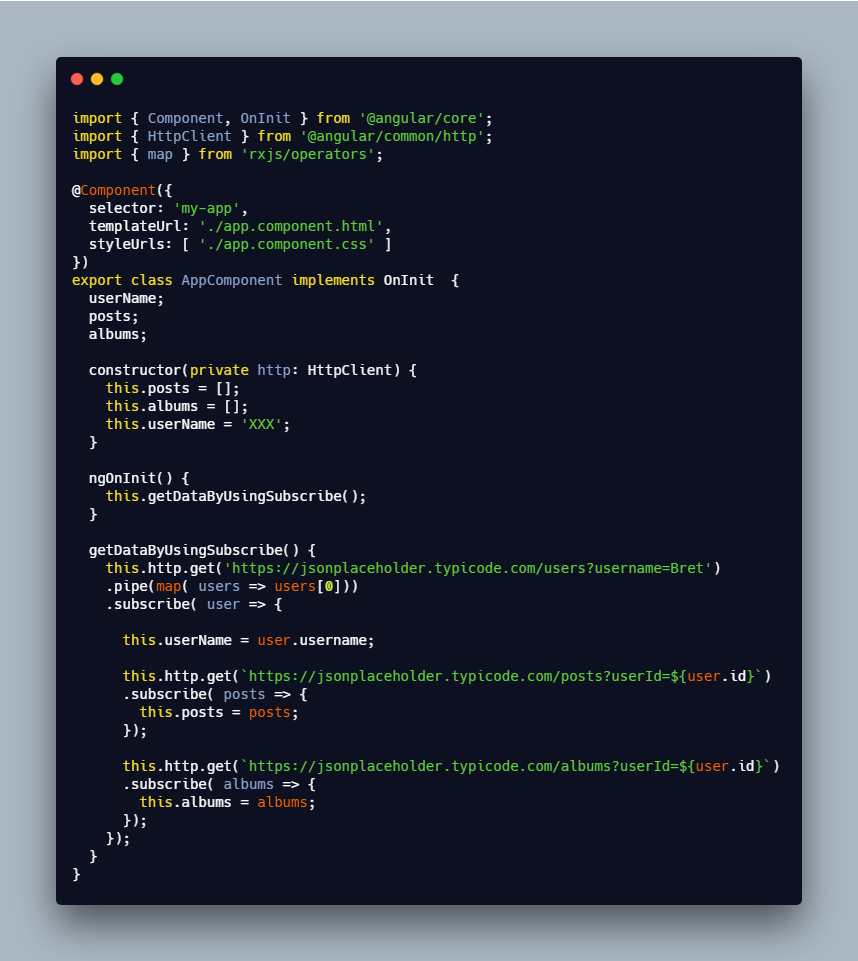Introduction
Amazon Web Services (AWS) has revolutionized cloud computing by providing scalable, secure, and cost-effective solutions for businesses. To ensure that organizations build secure, high-performing, resilient, and efficient infrastructure, AWS introduced the Well-Architected Framework. This framework provides best practices and guidelines to help architects create robust cloud-based solutions.
In this article, we will take a deep dive into the AWS Well-Architected Framework, exploring its core pillars, benefits, and how organizations can implement it effectively.
What is the AWS Well-Architected Framework?
The AWS Well-Architected Framework is a set of best practices designed to help organizations assess and improve their cloud architecture. It is based on six pillars:
- Operational Excellence
- Security
- Reliability
- Performance Efficiency
- Cost Optimization
- Sustainability
Each pillar focuses on specific aspects of cloud architecture, ensuring that businesses can build applications that are scalable, resilient, and cost-effective.
The Six Pillars of AWS Well-Architected Framework
1. Operational Excellence
Operational excellence focuses on running workloads efficiently, continuously improving processes, and ensuring operational insights. Best practices include:
- Automating processes with Infrastructure as Code (IaC)
- Monitoring applications with AWS CloudWatch
- Implementing deployment strategies such as blue/green deployments
- Enforcing policies using AWS Config and AWS Systems Manager
2. Security
Security is essential for protecting data, applications, and infrastructure. Key security best practices include:
- Using identity and access management (IAM) roles and policies
- Encrypting data in transit and at rest with AWS KMS
- Implementing multi-factor authentication (MFA)
- Conducting regular security assessments with AWS Security Hub
3. Reliability
Reliability ensures that workloads recover from failures and dynamically adjust to changes. Key principles include:
- Implementing auto-scaling using AWS Auto Scaling
- Distributing workloads with AWS Elastic Load Balancing (ELB)
- Designing for fault tolerance using AWS Availability Zones (AZs) and Regions
- Regularly testing disaster recovery strategies
4. Performance Efficiency
Performance efficiency focuses on using computing resources effectively to meet system requirements. Best practices include:
- Selecting the right AWS services for workloads (e.g., EC2, Lambda, or Fargate)
- Optimizing storage solutions using Amazon S3, EFS, or DynamoDB
- Leveraging caching with Amazon CloudFront and AWS ElastiCache
- Monitoring performance metrics and making data-driven decisions
5. Cost Optimization
Cost optimization helps organizations minimize expenses while maximizing business value. Key strategies include:
- Right-sizing instances using AWS Compute Optimizer
- Using Reserved Instances and Spot Instances for Cost Savings
- Implementing auto-scaling to reduce resource wastage
- Monitoring cost and usage with AWS Cost Explorer
6. Sustainability
Sustainability is the latest addition to the Well-Architected Framework, focusing on reducing environmental impact. Best practices include:
- Optimizing workloads to consume fewer resources
- Using energy-efficient AWS Regions
- Leveraging AWS Graviton-based instances for better efficiency
- Implementing carbon footprint monitoring tools
Benefits of the AWS Well-Architected Framework
Implementing the AWS Well-Architected Framework provides several advantages:
- Improved Security: Enhanced security practices protect sensitive data.
- Better Resilience: Applications become more fault-tolerant and highly available.
- Optimized Costs: Businesses reduce operational expenses and maximize cost efficiency.
- Increased Performance: Applications perform better under varying loads.
- Scalability: Workloads automatically adjust based on demand.
How to Implement the AWS Well-Architected Framework
Step 1: Perform a Well-Architected Review
AWS provides the AWS Well-Architected Tool, which helps organizations evaluate their cloud architecture based on the six pillars. Businesses can identify areas for improvement and take corrective actions.
Step 2: Adopt Best Practices
Implement the recommended best practices for each pillar to improve security, performance, and cost-efficiency.
Step 3: Automate and Optimize
Automation tools such as AWS CloudFormation, AWS Lambda, and AWS Systems Manager can be used to streamline operations and optimize workloads.
Step 4: Continuous Monitoring and Improvement
Regularly assess and refine your architecture using monitoring tools such as AWS CloudWatch, AWS Trusted Advisor, and AWS Security Hub.
Conclusion
The AWS Well-Architected Framework is a powerful tool for designing and maintaining cloud applications that are secure, high-performing, resilient, and cost-effective. By following the best practices outlined in this framework, businesses can optimize their cloud infrastructure and achieve long-term success.
Organizations should continuously evaluate and enhance their architectures to align with AWS best practices, ensuring their cloud operations' efficiency, security, and sustainability.
Would you like assistance in implementing these in your AWS environment? Feel free to ask!








